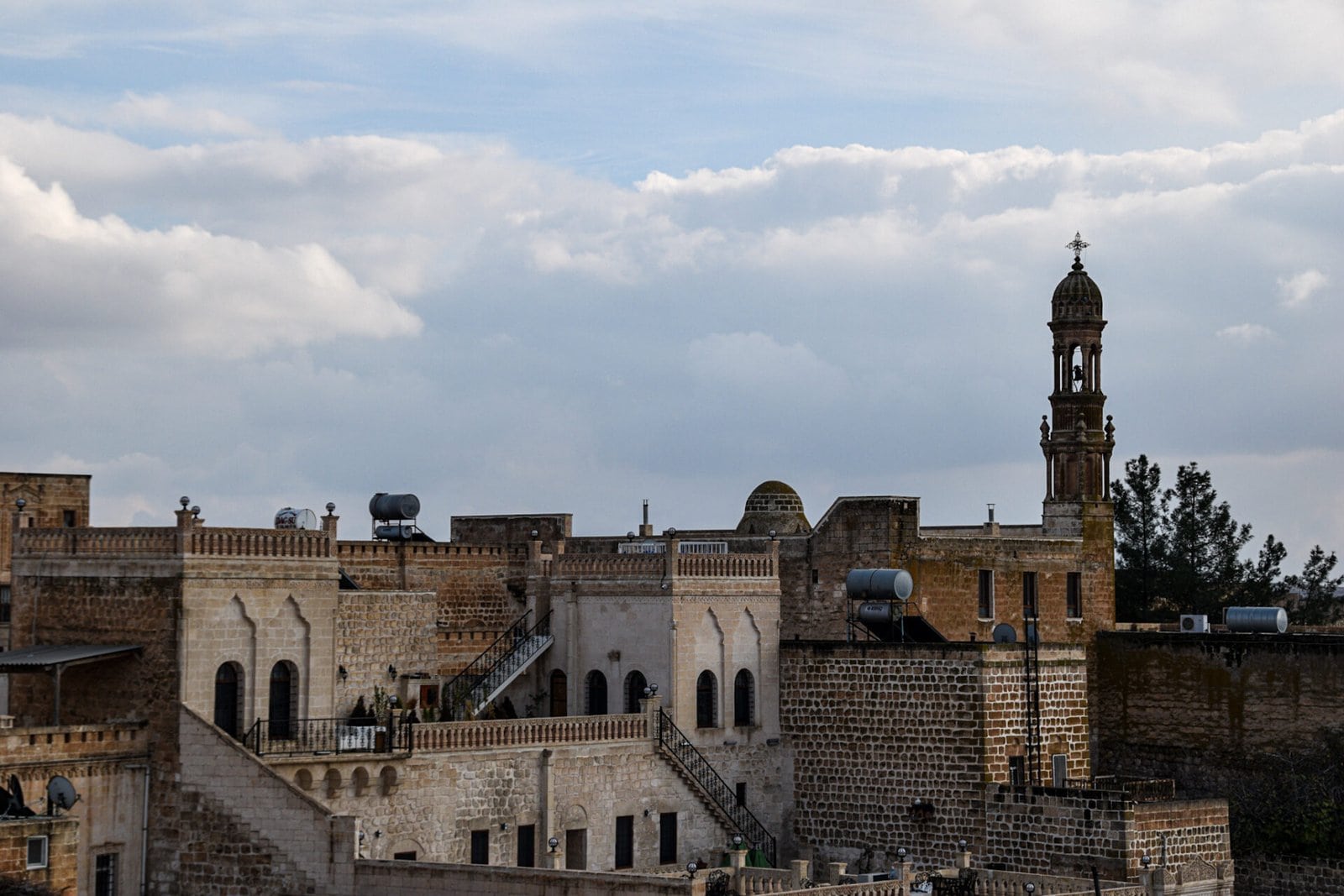From the history-heavy streets of Istanbul to the sun-kissed corniches along the Turkish Riviera, Turkey promises visitors a mesmerising journey through the trials and triumphs of her past, garnished with the eternal beauty of the Mediterranean Sea. However, while these destinations, Istanbul in particular, definitely warrant a visit, the country also offers an abundance of fascinating cities off the tourist trail.
Ever since the early days of humanity, Anatolia has been at the crossroads of east and west.
Though a dusty cliché encouraged in preponderance, it does hold true.
Contested for millenia, countless people have traversed her vast expanses, ploughed her rich soil, exploited her many resources, built grand empires only to witness them crumble and be replaced by more ambitious adversaries. They erected grandiose cities embellished with marvelous monuments abound, materialised symbols of their great prowess and ingenuity, some on virgin grounds others on the ruins of those that perished before.
Today, Istanbul, Izmir, and Antalya might hug the limelight, however, beyond the poster childs of Turkey’s tourism industry a plethora of spectacular urban centres awaits discovery. From early Ottoman lustre to the ingenious architectural exploits of the Seljuk Turks, the region’s resplendent Roman legacy or the cultural and gastronomic blend celebrated in the country’s southern reaches, Turkey offers the intrepid traveller a sensational variety of city breaks few might hope to replicate.
This article contains 12 wonderful alternatives to the well-established Turkish tourism hubs that shouldn’t be missing on your next itinerary through this intriguing nation.
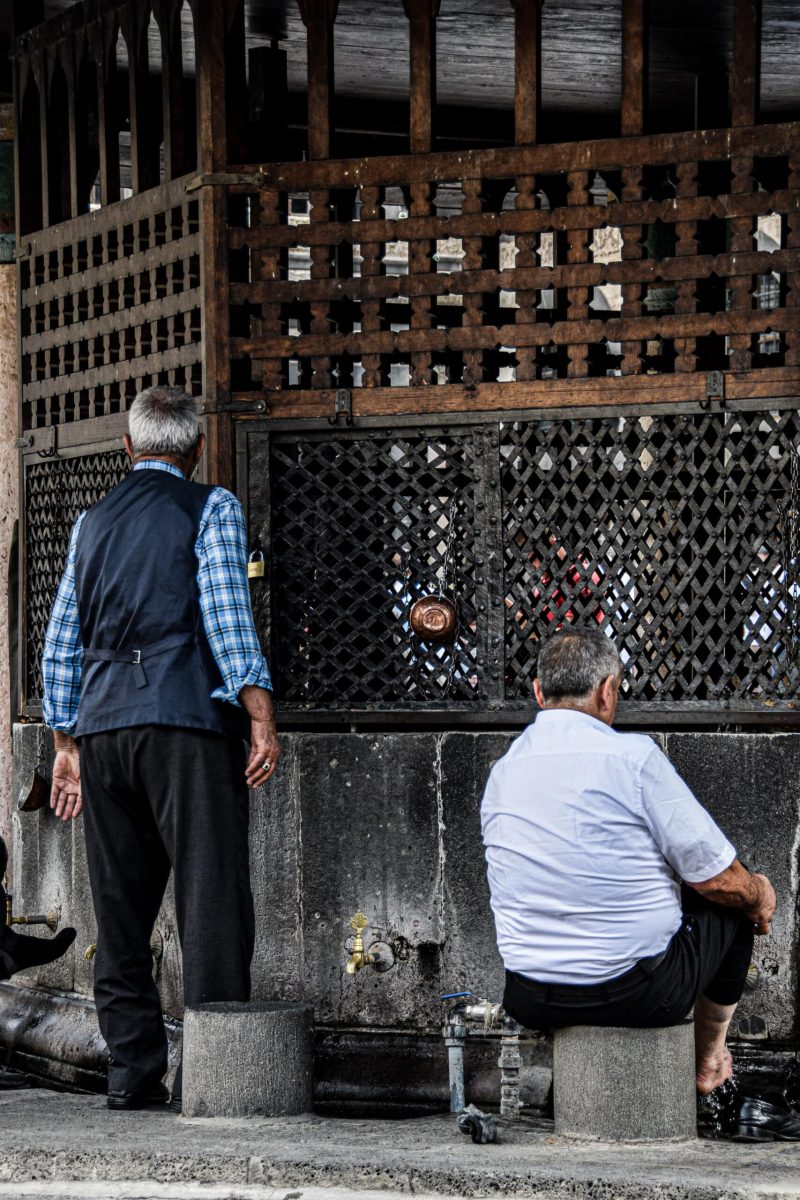
BURSA | AN EMPIRE'S JEWEL
Although Istanbul came to be known as the grand capital of the Ottoman Empire, she wasn’t the first seat of the Turkish sultans.
In the early days of relentless conquest, the ambitious sons of Osman resided in Bursa, a flourishing town at the verdant foothills of the Uludağ mountain range. Soon, the spoils of warfare flowed into the city’s coffers and commenced her rapid development. Even after the Sublime Porte first moved to Edirne, then Istanbul, to better administrate the ever-expanding realm, Bursa remained the spiritual centre and jewel of empire.
Conviction in greatness reigned in the Turks’ mind, then realised in flamboyant fashion in form of the Green Mosque and Tomb, as well as the magnificent halls of the Grand Mosque, now collectively recognised as the immaculate culmination of early Ottoman architecture.
However, despite her astonishing architectural heritage, a visit to Bursa would be incomplete without witnessing the dizzying dance of the dervish, a captivating ritual of meditation and prayer performed by the whirling members of the Sufi sect, or an afternoon excursion to serene Koza Han to indulge in the country’s favourite pastime: a cup of sweet Turkish çay.
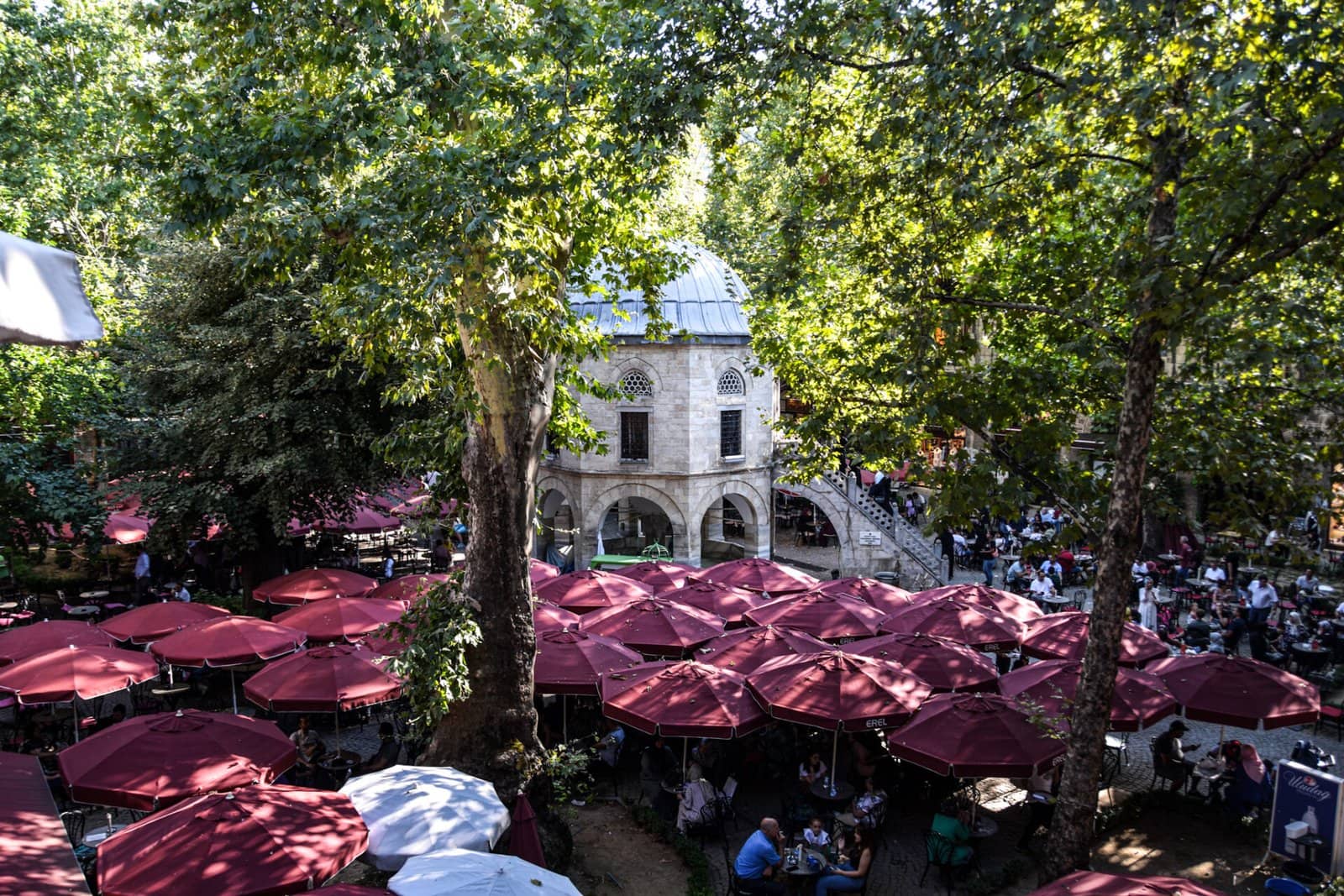
ESKIŞEHIR | THE URBAN ARTWORK
Although Eskişehir literally translates to old city, the name appears as but a caricature given the apparent absence of antique vestiges abound. Besides the quaint Ottoman neighbourhood of Odunpazarı, a peaceful quarter of empty, cobbled streets and motley dwellings gifting flamboyance to sobriety, the city certainly lacks the traditional touristic potential of other Turkish towns.
However, sometimes, a place does not require grandeur of glories past, the alluring draw of man’s monuments raised to the heavens, the elaborate sophistication of haut cuisine or the beauty of cultural profundity. Sometimes, all it takes is the satisfying simplicity of proper city planning, the joys of intelligent design and the subsequent, successful execution and implementation of those into the urban landscape.
By all accounts, Eskişehir thus certainly delivers.
Traversed by meandering channels breaking up the dull monotony of concrete jungle, the city entices through lively pedestrian streets turned open-air art galleries, pleasantly laid-out squares of shade and fountains, tranquil parks promising respite from the noise of city to the passing traveller, as well as an efficient public transport system connecting her residents.
Eskişehir is not spectacular in the classic sense. Yet, it doesn’t need to be.
Wonderfully well designed, the city is the perfect stop to divide your journey between Istanbul and Ankara, a place to halt for a moment, to slow down and linger just a wee bit longer.
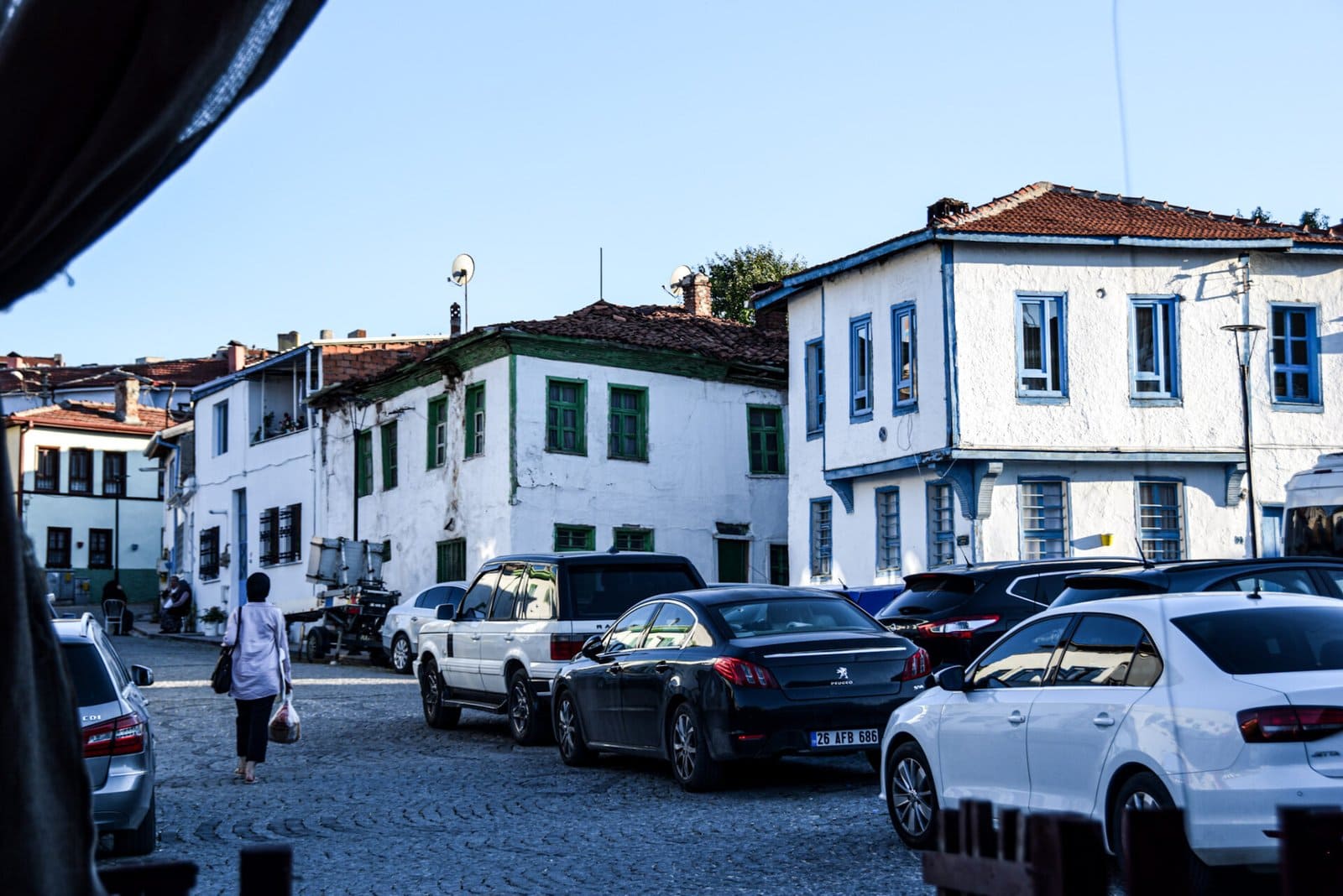
AMASYA | THE GORGEOUS
In Amasya, the formidable remnants of ages past slumber eternally.
Founded by the nobleman Mithridates during the confusing collapse of hegemony in the Hellenic world following Alexander the Great’s sudden demise, for nearly three centuries, the city first prospered under the sage guidence of Pontus’ renegade monarchs before Roman legions marched the land. When Islam finally spread across Anatolia in the wake of swift Seljuk conquest, Amasya then transformed into a prolific centre of religious study as well as a place of profound knowledge, a tradition much later reinvigorated when the city became the prestigious proving ground for the princely youth of the Ottoman court.
Governed by many a diverse people, over the millennia, Amasya thus blossomed into a beautiful blend of architectural styles. Today, the enormous rock-cut tombs of the first five Pontic kings rest looming over spiral minarets and serene madrasas from the Seljuk era; over rubicund roofs and whitewashed Ottoman facades and the crumbling tombs of Muslim saints. And exalted above the gorgeous ensemble, the rising ramparts of Amasya Castle.
Of all the wonderful cities I visited in Turkey, Amasya proved the most surprising.
A place to revel, to unwind, a place to sojourn and dream of bygone eras.
FIND OUT MORE | Amasya | Of mausoleums, monarchs, and mummies
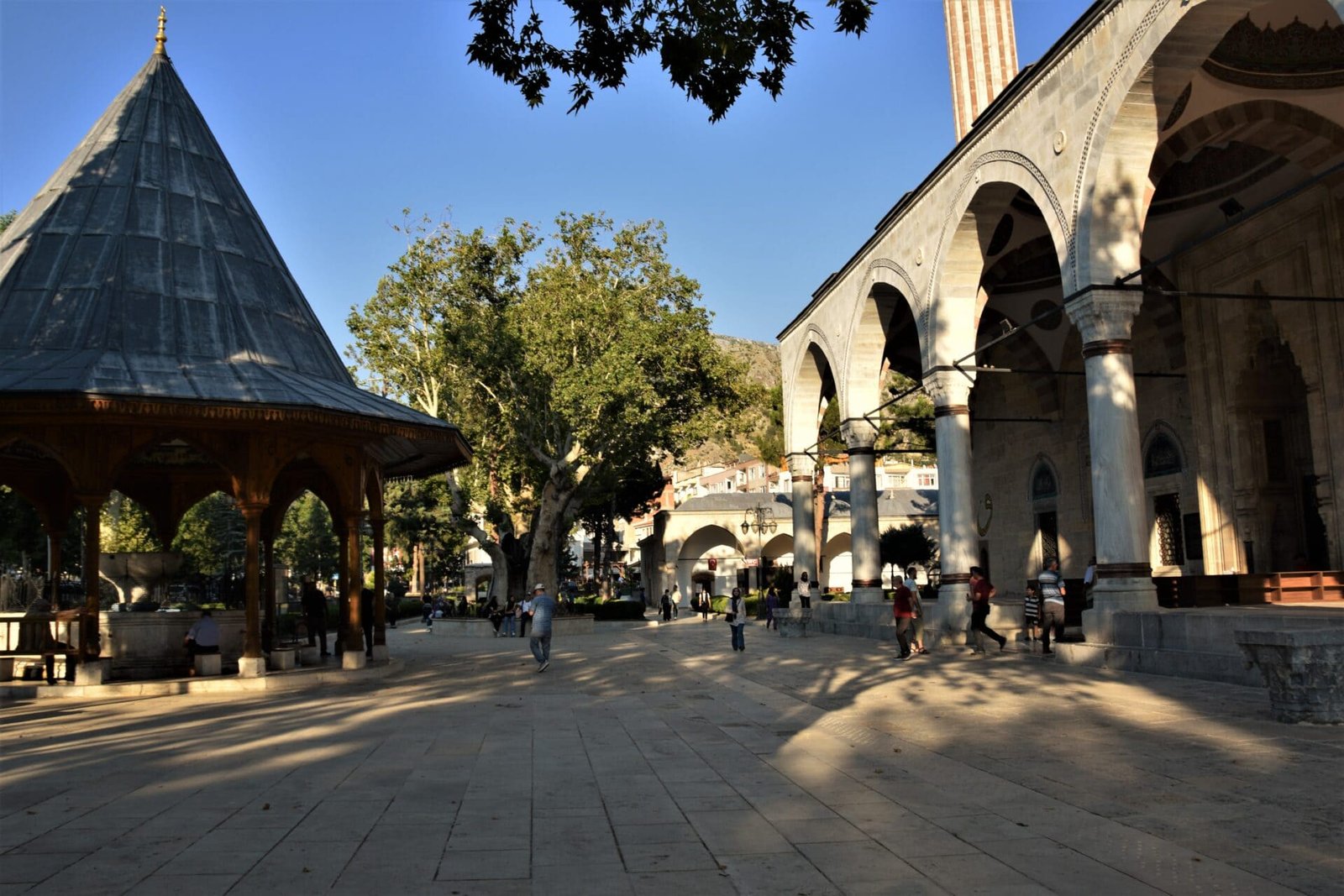
SIVAS | A SELJUK SAUNTER
The sudden arrival of migrating Seljuks tribes in the 12th century CE, forced the ancient foundations of Anatolia to crumble and irrevocably changed the political and cultural landscape of the region.
In the wake of these wayfaring folk a millennium of Roman rule was effortlessly swept aside, and, rising from the dust, replaced by the grand vision of a savage yet ambitious people. Soon, these conquering nomads would cease their wandering ways and settle the fertile lands of Anatolia, thus building on the foundations of foregone civilizations an advanced and prosperous realm stretching across vast and verdant swaths.
Sivas became one of the thriving centres of this powerful empire, a flourishing hub of faith and knowledge; a bustling urban sprawl of rising minarets and towering madrasas, and an architectural artwork of shimmering tiles and brilliant brickwork.
Though, the city later fell victim to pillaging Mongol hordes, the Seljuk sophistication still shines through. Today, Sivas’ monuments, such as Çifte Minare Medresesi, Buruciye Medrese, or Gök Medrese (also known as “Blue Madrasa”), remain some of the finest examples of Seljuk architecture and most mesmerising vestiges stemming from one of Anatolia’s defining eras.
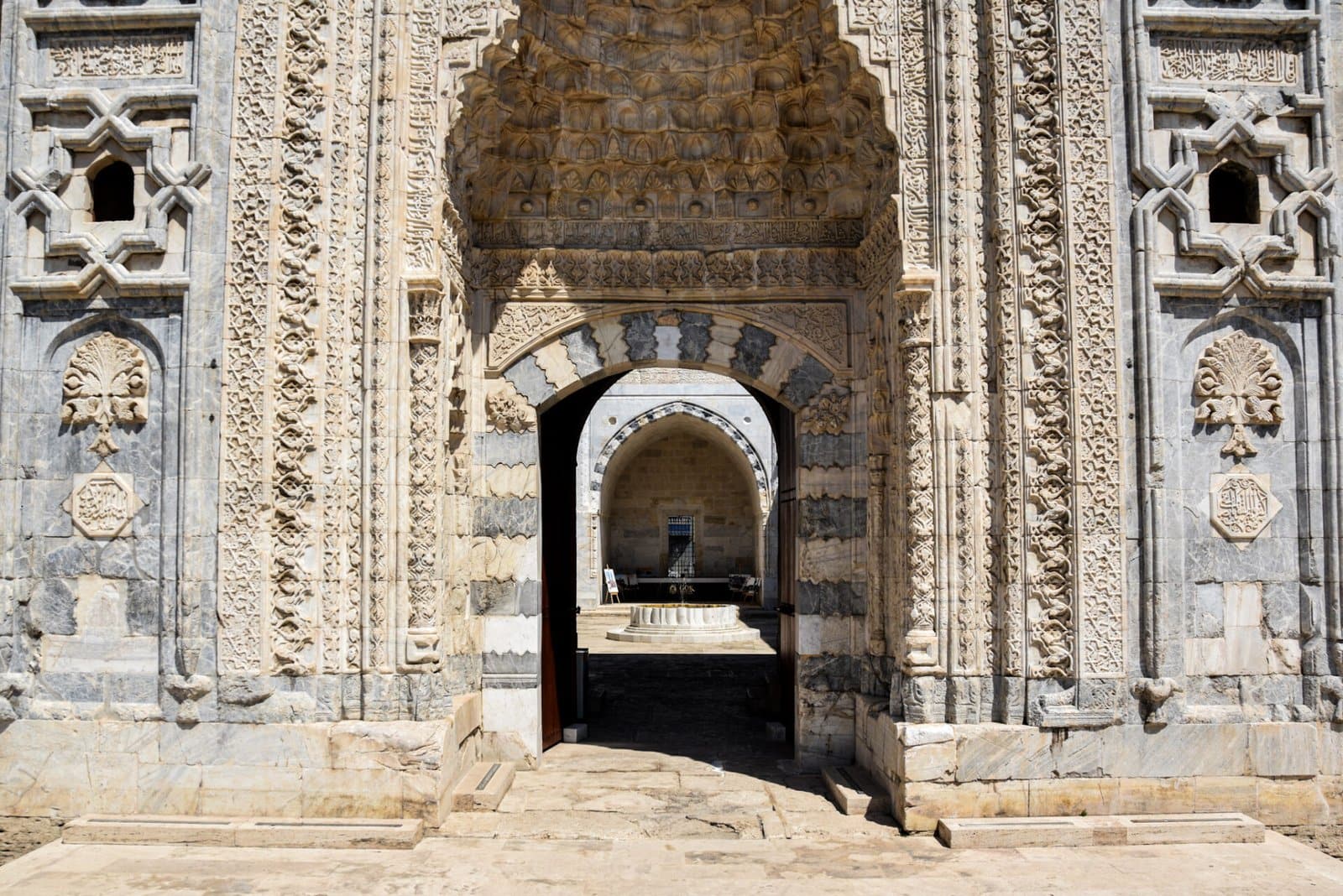
DIVRIĞI | THE INIMITABLE
Following their decisive conquest, the Seljuks not only reshaped the religious and political lay of Anatolia but introduced an entirely new architectural style, as well.
Today, the marvelous remnants of their hertitage lie scattered across swaying fields and rolling hills, others surrounded by modern concret jungle. Although Konya and Sivas constituted the heartland of this structural revolution, undoubtedly the most extraordinary of these monuments may be witnessed in the unassuming provincial town of Divriği.
Inimitable in every regard, the Great Mosque of Divriği not only stands tall as one of Turkey’s most magnificent buildings but the single most remarkable example of Seljuk masonry art in the world. Carved into perfection, the mosque’s main gate in particular is an immaculate image of blossoming nature, intertwining with abstract shapes and flowing forms, a fleeting glimps into the distant paradise promised to the faithful.
Although they pale in comparison, the town also features an imposing castle from the same period, as well as a well-preserved Ottoman neighbourhood. Conveniently located along the tracks of the famed Doğu Express, Divriği thus lends itself as the ideal waypoint to break up the lengthy journey between Ankara and Kars or as a wonderful daytrip option from the regional capital of Sivas.
FIND OUT MORE | The Great Mosque of Divriği | A wonder of Islamic architecture
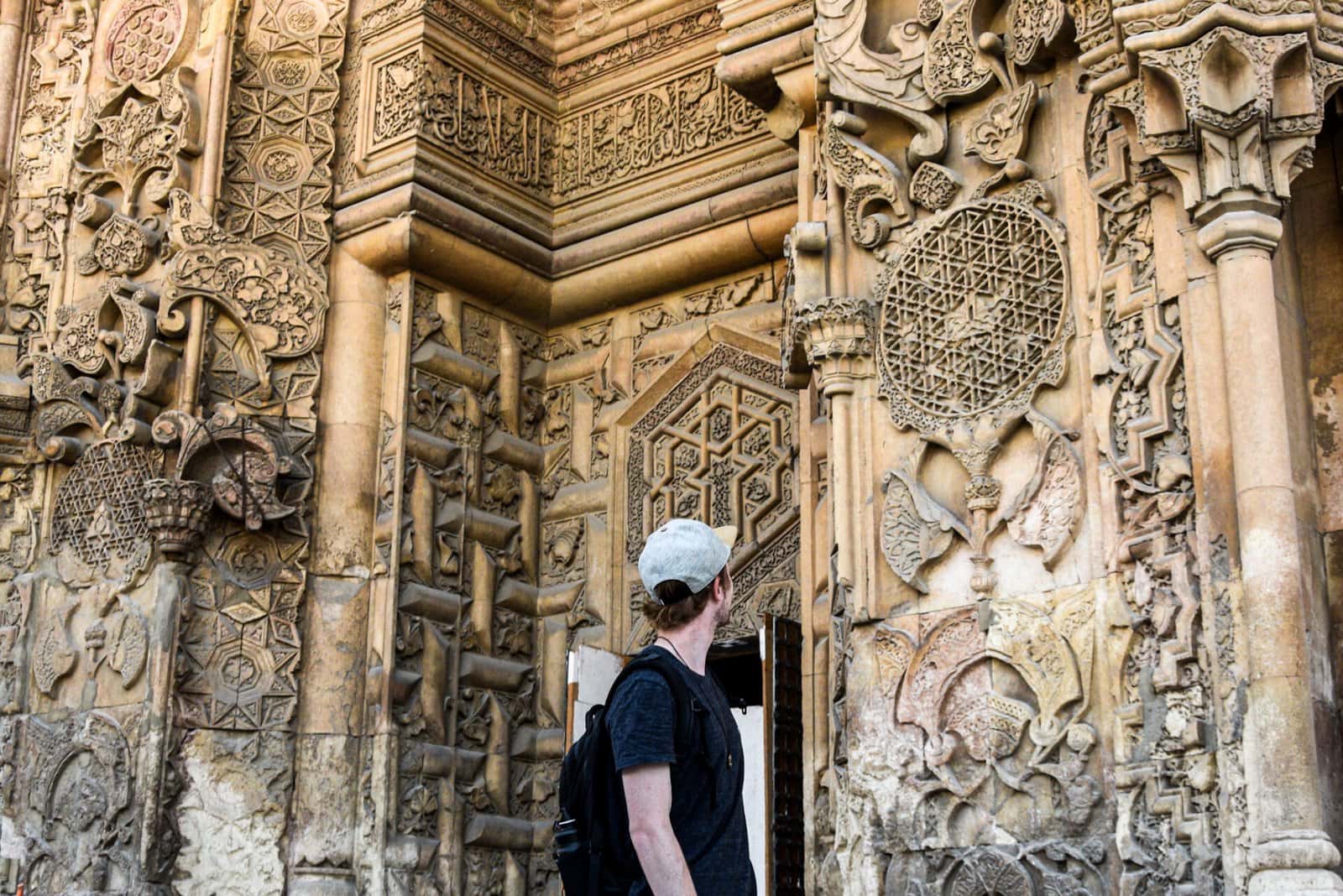
ERZURUM | THE OUTCAST
Erzurum feels much different from other central Anatolian towns.
While her peers present themselves elegant and orderly, she appears messy and unpolished. While they confidently parade their glorious past immortalised in bright ochre stone, hers stands dark. It might merely be visual, a sinister sentiment exuded by the sepulchral semblance of her, no less masterful, monuments. Or the sombre presence of the encompassing mountains looming. Maybe it is the scars of her tumultuous past that show; divided between waring empires, a mere pawn in the hands of the powerful, long for desired for her strategic importance yet lately burdened with neglect in face of changed circumstances.
Still, Erzurum doesn’t need flamboyance to intrigue.
Her madrasas (Çifte Minare Medresesi and Yakutiye Medresesi) rest as intricately, the Grand Mosque as lofty, the citadel as impenetrable. Her cuisine emerges as delicious as anywhere else in Turkey (Cağ kebabı, anyone?). Or maybe it is the warm (and incredibly affordable) embrace of an authentic Turkish hammam that will eventually lure you in.
Whatever the case may be, Erzurum is an outcast worth your time.
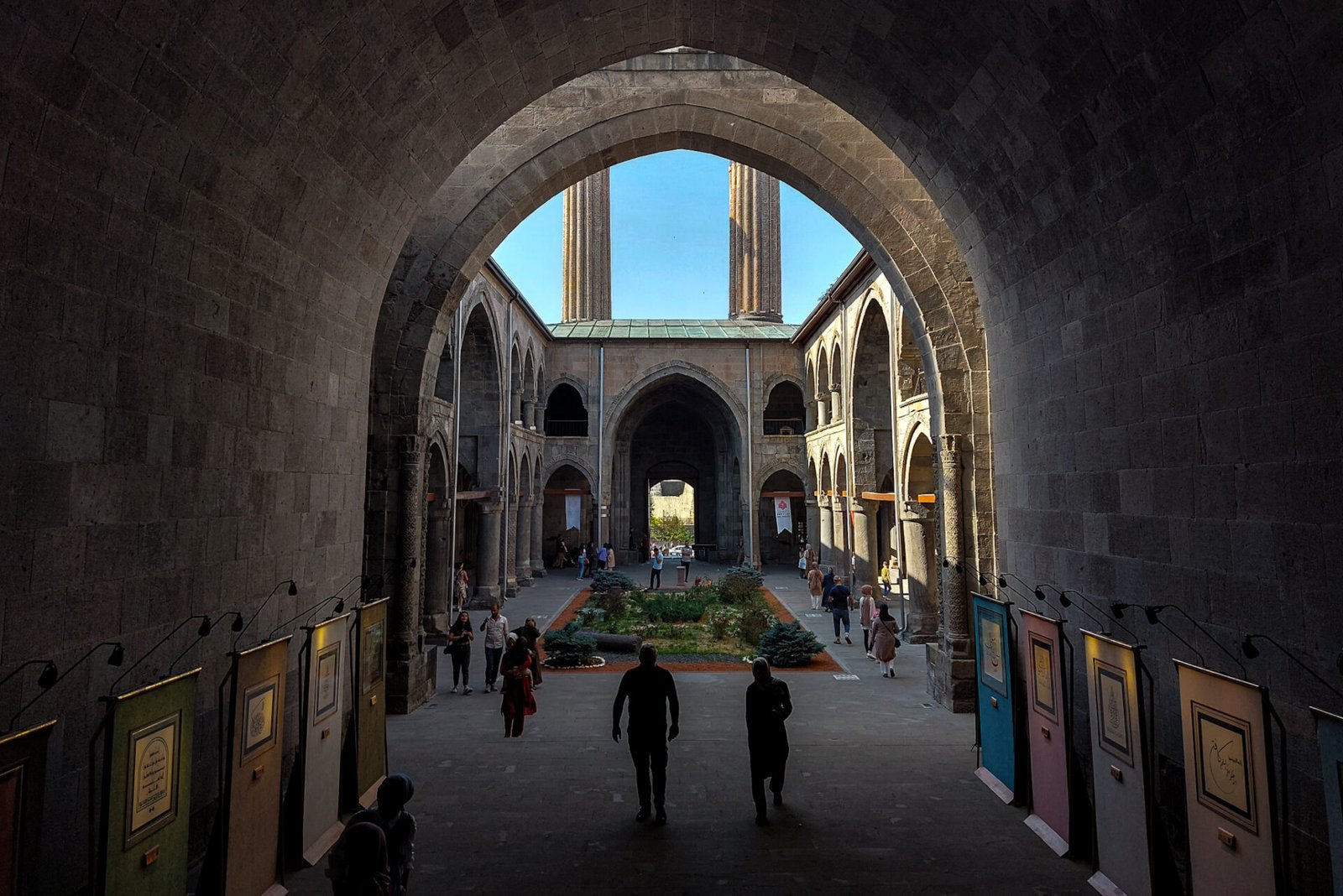
KARS | A FOREIGN TWIST
After traversing nearly 2000 kilometres of remote Anatolian hinterland, the legendary Doğu Express railway line terminates at the country’s eastern fringe in Kars.
Now but another provincial town in the republic’s periphery, not too long ago, Kars was the epicentre of regional politics. Wedged in between since fallen empires, in the 19th century, the city became a symbol of the fierce struggle for supremacy in eastern Anatolia, then fought relentlessly between Russian and Ottoman troops until her ultimate annexation and eventual integration into the nascent Turkish Republic in the aftermath of World War I.
Nevertheless, structural evidence of the foreign occupation remains ubiquitos, as Belle Epoque style architecture, hailing from the Tsarist Empire’s waning days, can be seen all around the old town. Similarly, the city’s once long-standing Armenian community has also left their lasting mark. Rising above the arid plain, the conical dome of the Church of the Holy Apostels and the impressive ramparts of Kars Citadel dominate the skyline and constitute the city’s major landmarks.
The true highlight of any trip to Kars lies even further east, however. Cradling the Turkish-Armenian border rest the resplendent ruins of Ani, mythical “City of 1001 Churches” and one of Turkey’s most magnificent archaeological sites. Then the grand capital of the Armenian Bagratid dynasty, Ani rose to become one of the greatest cities of her time until successive Seljuk and Mongol invasions, as well as two devastating earthquakes heralded her slow demise and descent into obscurity at the end of the 14th century.
FIND OUT MORE | Ani | A short guide to the “City of 1001 Churches”
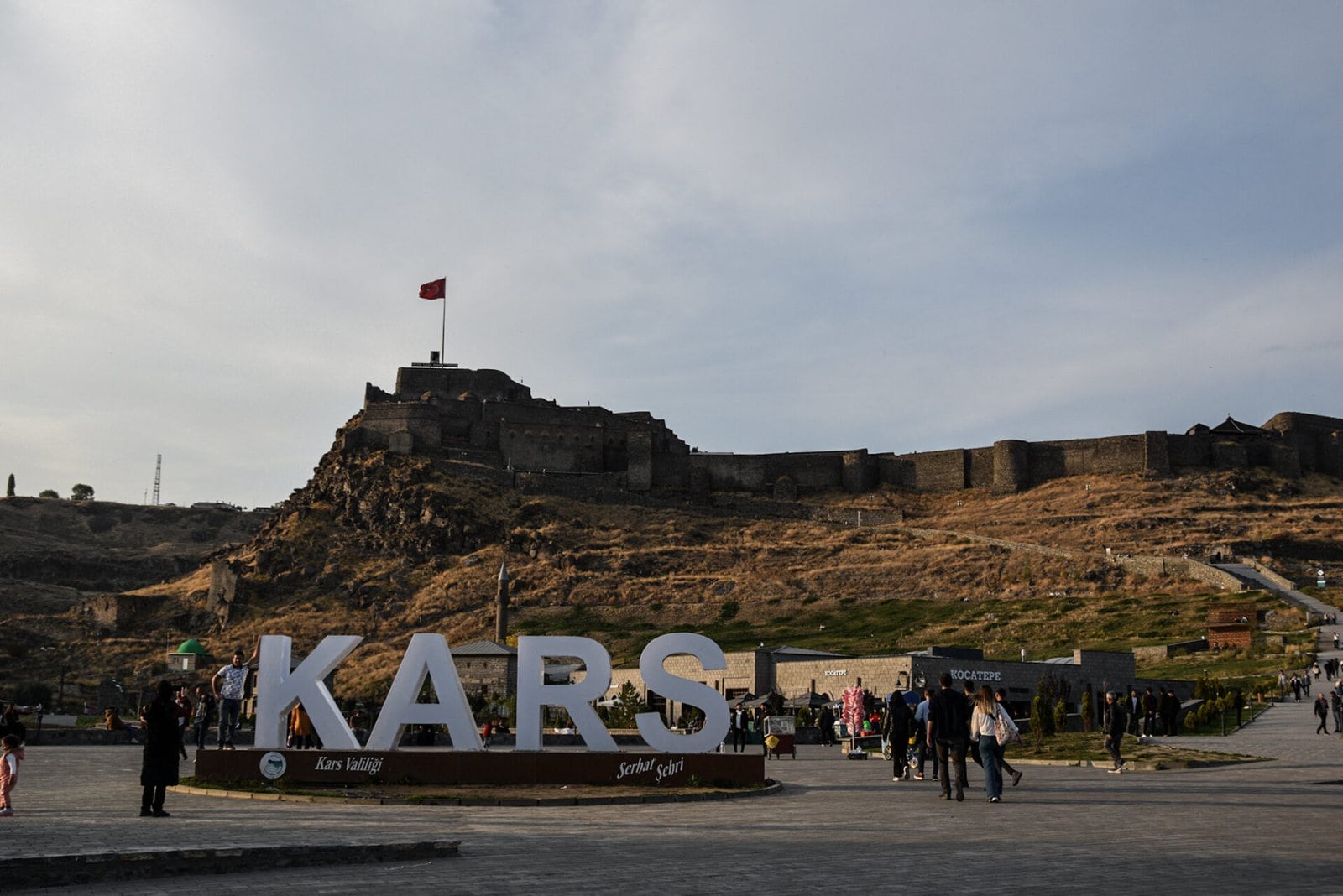
DIYARBAKIR | THE KURDISH PRIDE
Diyarbakir is a mesmerising metropolis.
Initially settled during the faint years of early humankind, the city, then known as Amida, first rose to prominence as a Roman border fortress along the empire’s distant Mesopotamian frontier. Though Persian aggression repeatedly thwarted her impressive defences, it fell to Arabian tribes and the arrival of Islam to ultimately break Roman rule and wrestle the city from the western cosmos.
Subsequently, Diyarbakir was governed by a plethora of different entities before she fell under the sway of the Ottoman sultans at the beginning of the 16th century. When, encouraged by a weakening empire, a sense of national identity started to foster within the Kurds’ mind, Diyarbakir became the unofficial capital and centre of resistance against Turkish sovereignty. In 2016, this simmering conflict finally culminated in the Siege of Sur as government forces bombarded the old quarter, destroying nearly 80% of the historic structure.
Despite this enourmous devastation and forced erasure of Kurdish heritage, Diyabakir managed to retain her unique charm, however.
Inside her tranquil hans, the air heavy with the sweet scent of çay wafting, within the holy halls of her many mosques and Christian temples (including the Great Mosque of Diyarbakir, 5th holiest site in Islam, and the largest Armenian church in the Middle East), along the lush banks of the Tigris meandering, or aloft her rising ramparts towering (the second longest continuous walls in the world), a visit to Diyarbakir will certainly capture your imagination, for it is within these ancient walls, beneath swaying awnings gifting shade from scorching heat, and amidst this maze of crooked alleys and slanted fronts that time moves at a different pace and the Kurdish heart beats the loudest.
FIND OUT MORE | Discover Diyarbakir | The beating heart of Kurdistan
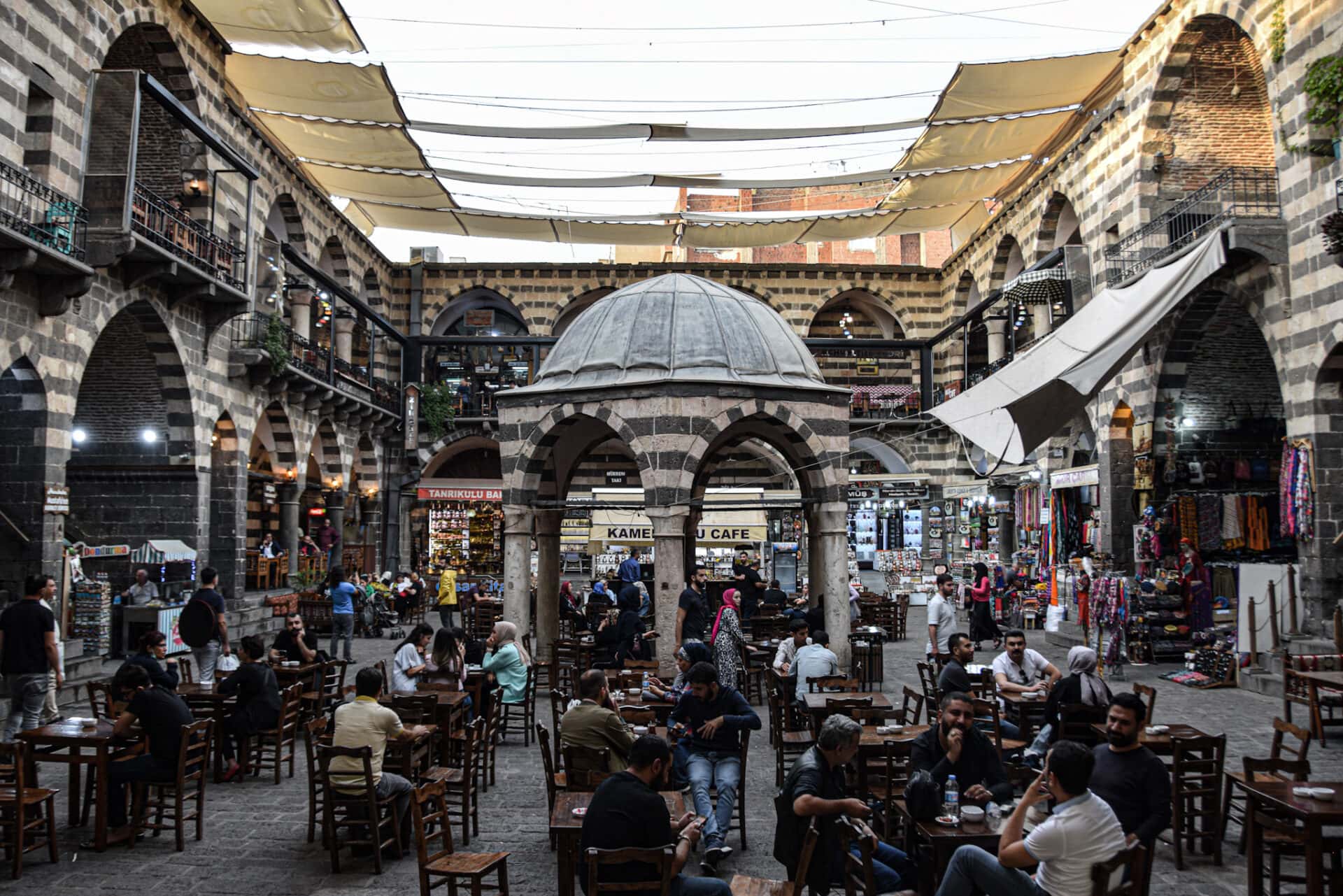
GAZIANTEP | THE CONNOISSEUR
Celebrated for her ridiculously savoury palate, Gaziantep rightfully claims her crown as the undisputed queen of Turkish cuisine.
It is here in the dusty reaches of southern Turkey, at the crossroads of Anatolia and the Middle East, that gastronomy has flourished, evolved, and ascended to a level of salient sophistication few places manage to replicate. An extraordinary number of more than 500 unique dishes hail from Antep’s hearths, including a wide plethora of kebab variations, dozens of mouth-watering eggplant creations, as well as the country’s most famous sweet: baklava.
Surrounded by this myriad of tasty temptations and delicious distractions, if fails to surprise then that many a starving traveller falls pray to gluttony and loses themselves in this wonderful world of gastronomic debauchery, and, thus plagued with the comatose consequences of their ravenous actions, remains oblivious to the city’s residual highlights.
As it is beyond the luscious scent fuming from her plates towards curious nostrils that Gaziantep also offers a wide array of wonderful attractions no less tasteful to the connoisseur’s gusto. From the immaculate images preserved in the world’s largest mosaic museum to a bizarre yet suprisingly entertaining toy collection, the fantastic findings reconstructing the city’s riveting past, or the lively lanes forming one of Turkey’s most intriguing bazaars, they hence create a magnificent multi-course meal worthy of a Michelin star.
FIND OUT MORE | Gaziantep | The best things to do in Turkey’s culinary capital

ŞANLIURFA | CIVILIZATION'S DAWN
The lands around Şanliurfa are nothing short of historic.
Although the city itself was only founded in the 4th century BCE, human habitation had commenced far prior. Following millennia of restless scouring, man finally forsook his nomadic roots and came to rest in the lush swaths of the Fertile Crescent. Supported by a now sedentary lifestyle built on domestication of both flora and fauna, for the first time in human history civilizations formed, later diversified, then spread. From the early outset, the areas surrounding modern-day Şanliurfa stood at the forefront of this revolutionary movement.
Many a resplendent relic from civilization’s dawn has since been unearthed, now proudly displayed in the city’s incredible archaeological museum. Similarly, visitors might travel back to the very beginnings of faith in Göbekli Tepe, a stupendous site believed to potentially be religion’s ground zero dating back a staggering 12.000 years!
Urfa also played an integral part in the region’s complex political landscape, and, desired by many, over the centuries, countless people have held dominion over her, shaping both the city’s structural, as well as cultural heritage.
Today, a visit to Şanliurfa is a riveting journey through time accompanied by the lasting legacy of those who once called the city home. Ride with Amazon queens in Urfa’s grandious mosaic museum, behold the promise of afterlife in the Roman necropolis of Kızılkoyun, or feel Şanliurfa’s fantastic fabric by walking the mythical grounds of Mevlid-i Halil Mosque and Balıklıgöl, as well as the silent streets of one of Turkey’s most beautiful old towns.
FIND OUT MORE | 11 wonderful things to do in and around Şanliurfa
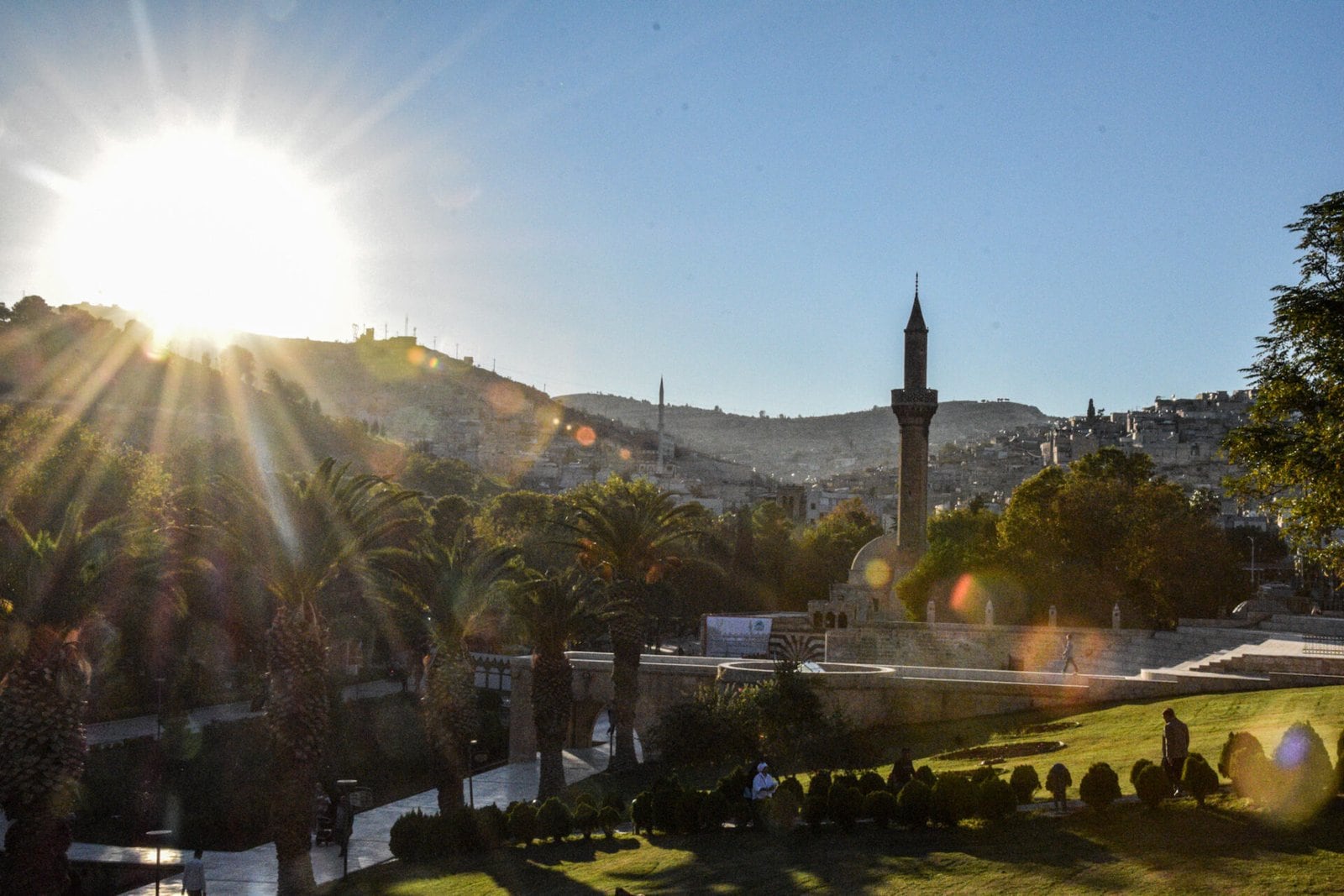
MARDIN | A SILKROAD MARVEL
In the fleeting hours of the day, as golden rays of a waning sun journey across arid plains and rugged slopes, few Turkish towns appear as magical as Mardin.
Once a thriving settlement along the ancient trails of the legendary silk road, her ochre abodes remain enthroned above the vast expanses of northern Mesopotamia, proud witnesses to a brilliant past of commerce and mercantilism and some of the country’s most outstanding urban jewels. Connected to the wider world through exchange and trade, the city flourished on the premise of bargain and barter, a delicate dance of candour and deceit performed to perfection in the narrow lanes and dim stores of her bustling bazaars, a legacy that, in parts, has survived to this very day.
While it was once wandering merchants from far-flung lands that halted in Mardin to sell their exotic wares and find respite from the perils of the road, today, curious travellers from all corners of the globe flock to her busy streets to treasure hunt for artisinal products, such as aromatic soaps from Syria, rich wood carvings intricately inlayed with mother-of-pearl, silken cloths, or exquisitely woven carpets from beyond the country’s borders.
Together with the city’s outstanding architectural heritage and significant role in the history of the Syriac Orthodox Church (before the horrors of the Assyrian genocide, the city was the seat of the congregation’s patriarch) Mardin easily stands tall as one of Turkey’s most magnificent travel destinations.
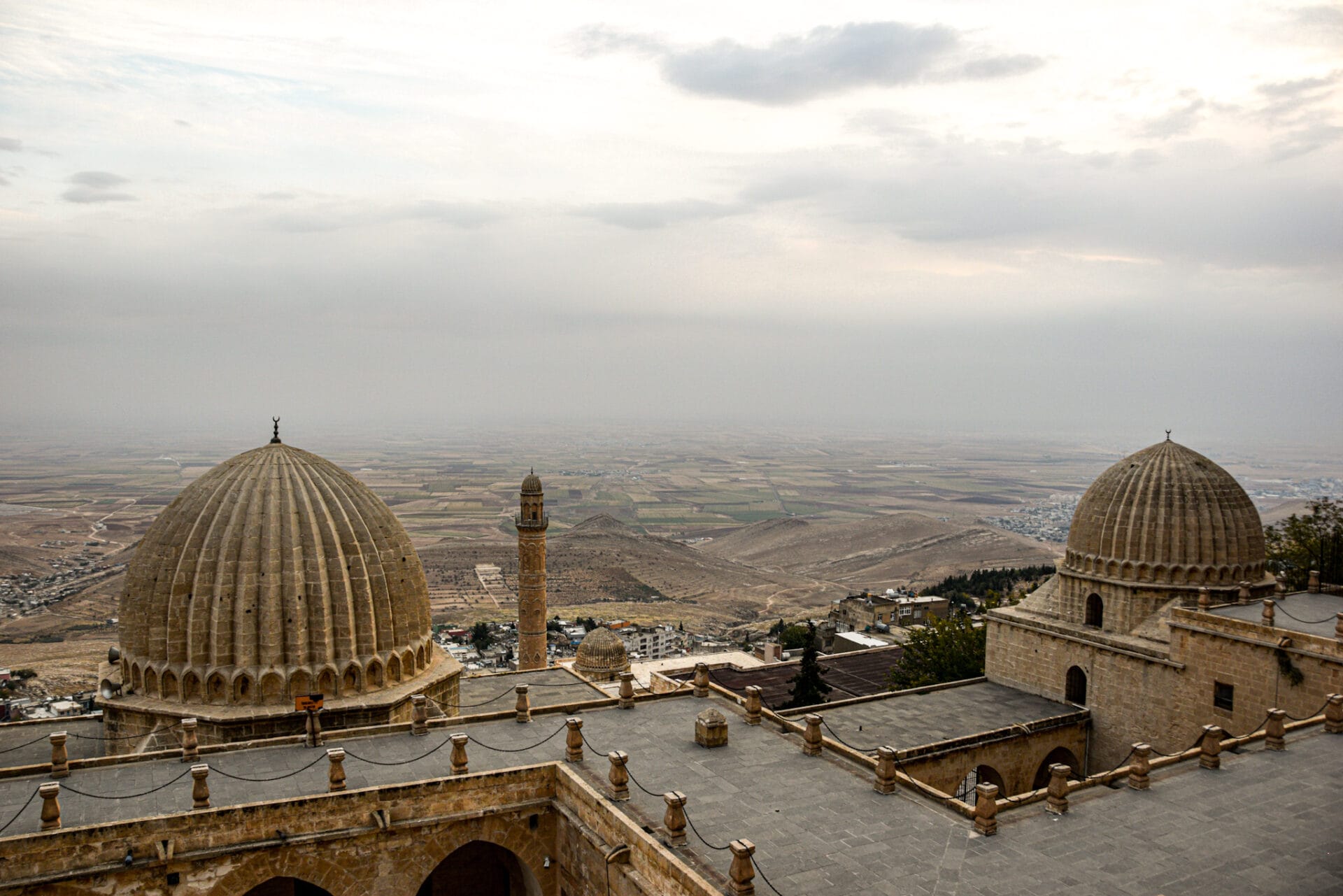
MIDYAT | THE ASSYRIAN ONE
Still stand the steeples of Midyat.
Once the cultural centre of the Assyrian people in Turkey and the largest Christian community outside Istanbul, today, most of her churches rest derelict. Rising above the dusty reaches of the Tur Abdin plateau, they remain silent witnesses to the atrocities commited against this ancient congregation. Often overlooked, the Assyrians too were persecuted during the harrowing years of the Armenian genocide, then ousted from their land and sent to die in the desert heat.
Yet, some returned to rebuild.
Now, much of the old town has been restored; a beautiful display of Assyrian architecture, an ode in ochre and red to the ones who perished. Constructed atop poriferous limestone, Midyat also rests above an intriguing world of caves and caverns, including a but recently discovered network of tunnels and chambers believed to be the largest underground city of its kind in Turkey.
Though visually akin to her sister city Mardin (at least above ground), Midyat possesses a unique identity deserving of further exploration by the intrepid traveller.
